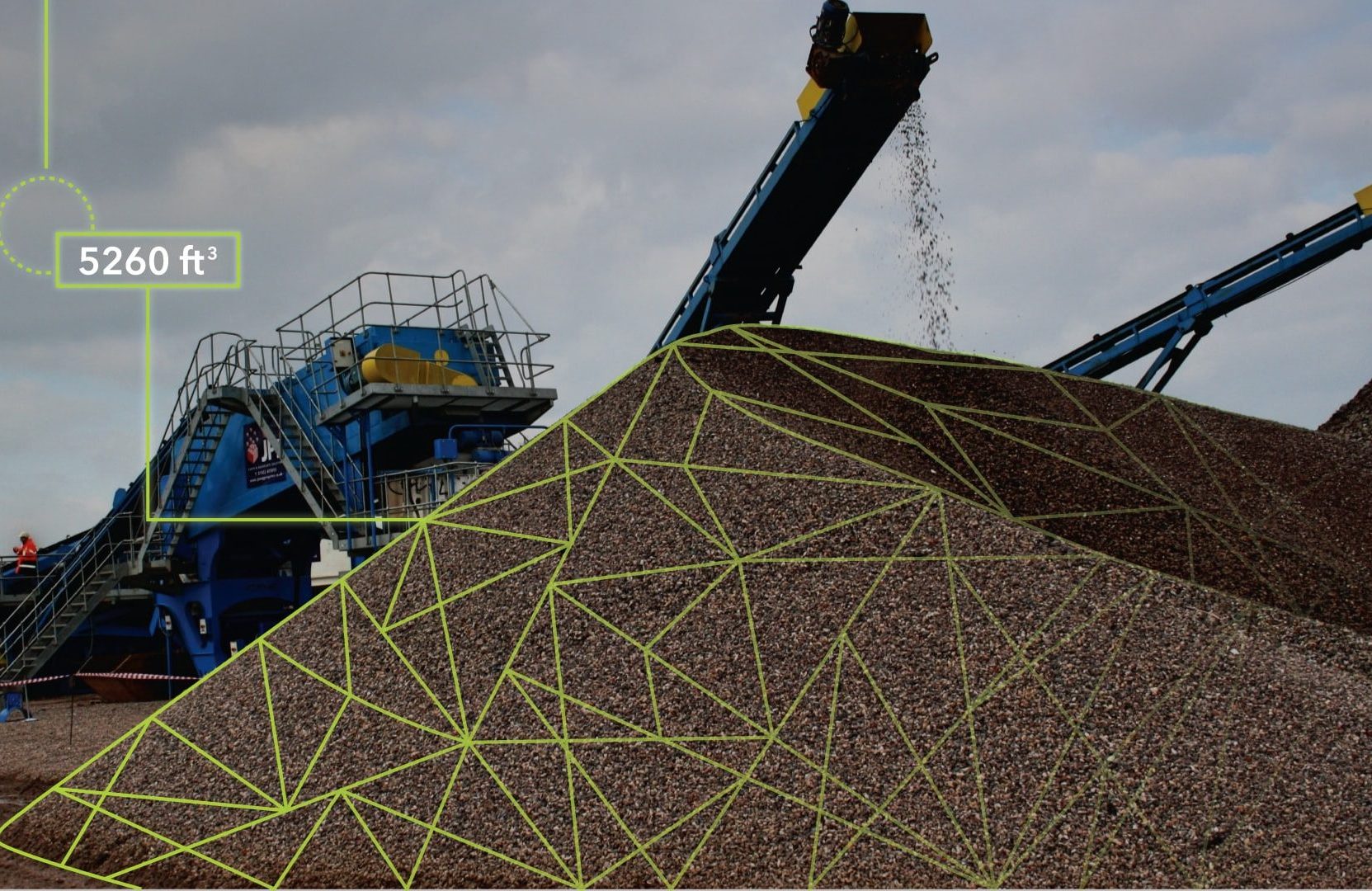Thermal imaging is not a new technology, but it has gained significant attention in the last few years, thanks to its numerous benefits and applications across various industries. Thermal sensors can detect temperature areas that are not visible to the naked eye, thus enabling professionals to identify faulty equipment, insulation issues, energy leaks, and other problems that can lead to costly downtime, incidents, and expenses.
Explore how thermal imagery can be leveraged in different industries and discuss the potential advantages of using this technology.
Energy and Utility Companies:
Thermal imaging is particularly useful for energy and utility companies. It can help them identify the areas where energy is wasted or dissipated. For example, thermal imagers can be used to detect overheating transformers, faulty electrical connections, and overloaded conductors. This allows companies to take proactive measures to prevent outages, improve system efficiency, reduce energy consumption and save money in the long run.
Solar Industry:
Thermal imaging is also beneficial for the solar industry. It can be used to identify potential issues with solar panels, such as hot spots, that can lead to reduced efficiency and even damage. Thermal imaging can provide a quick and non-destructive way to detect these hot spots, helping to prevent and resolve issues that can lead to loss of revenue and repair costs.
Power Line Companies:
Power line companies can also benefit from thermal imaging. The technology can help identify areas where there is a high resistance in the line, leading to energy loss and overheating. It can also detect cold spots, which may indicate a fault in the system. By detecting and addressing these problems early on, power line companies can prevent outages, reduce downtime, and improve the safety and reliability of the electrical grid.
Construction Industry:
Thermal imaging is also useful for the construction industry. It can help detect issues with insulation and identify areas where heat is escaping or penetrating. This can help contractors improve building efficiency and reduce energy consumption in homes and commercial buildings. Thermal imaging can also be used to detect moisture in walls, identifying potential areas of mold growth, which can lead to significant health concerns.
Conclusion:
Thermal imaging is becoming more popular across various industries as it offers significant benefits, including cost savings, risk reduction , and preventive maintenance. It is a non-destructive testing method that can help companies identify issues before they escalate into larger problems, leading to costly downtime and repairs. Energy and utility companies, solar industry, power line companies, and construction companies, to name a few, can leverage thermal imaging to improve efficiency, decrease costs, and prevent incidents. With advances in thermal imaging and the introduction of new technological features, the potential for this technology in the future is limitless.


